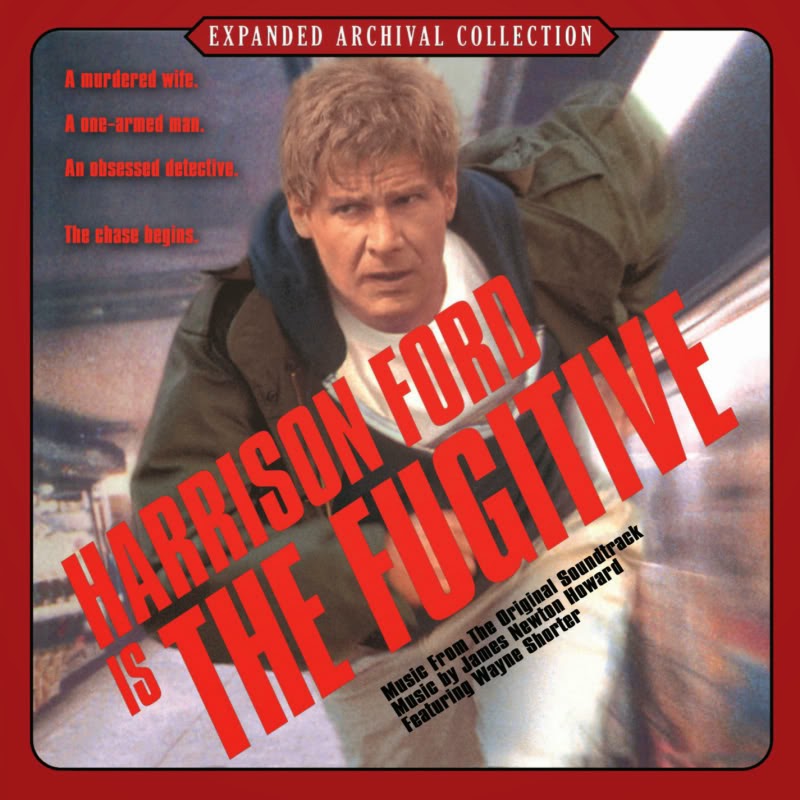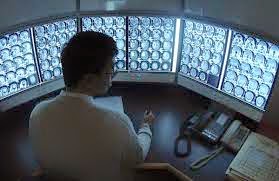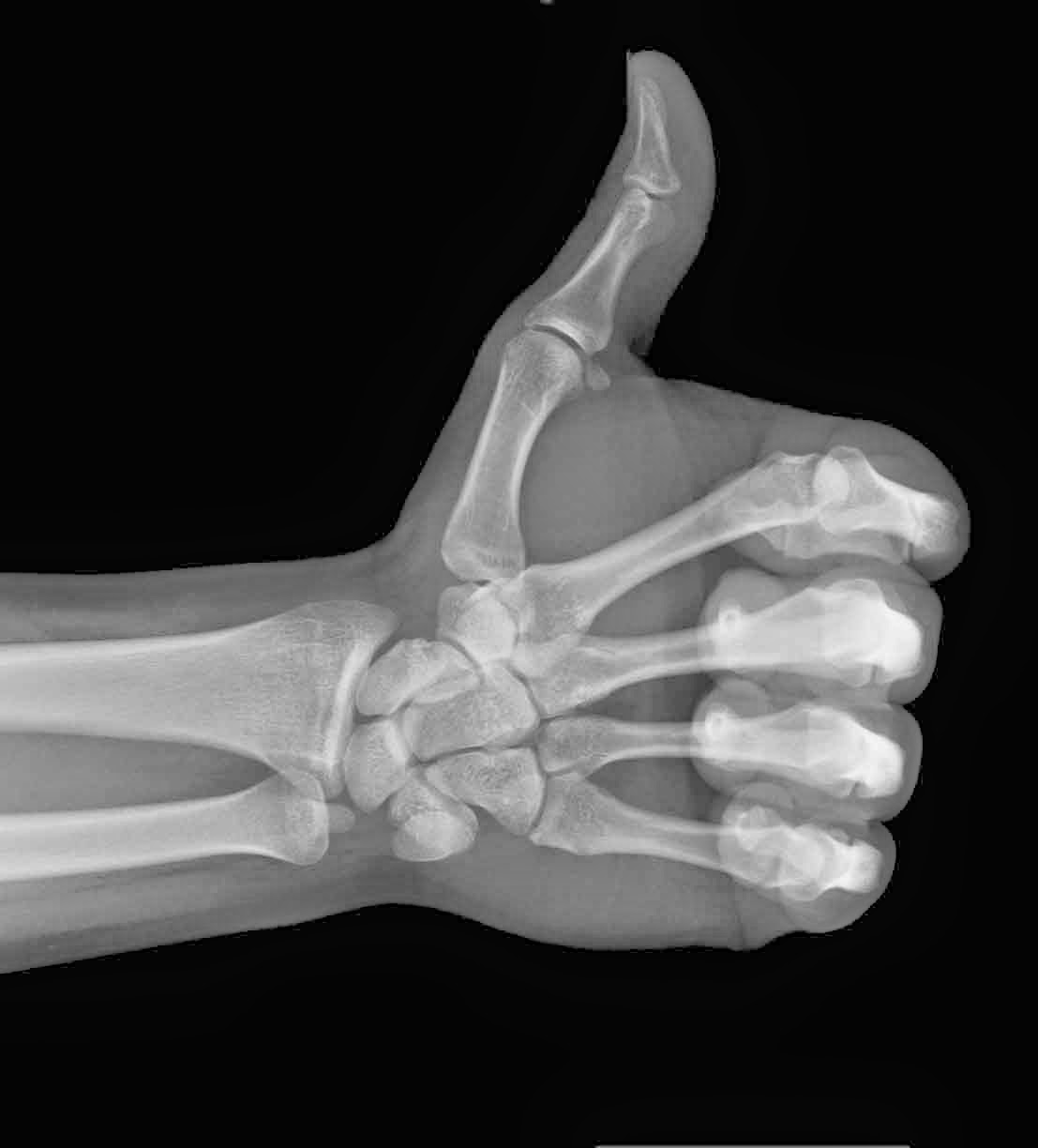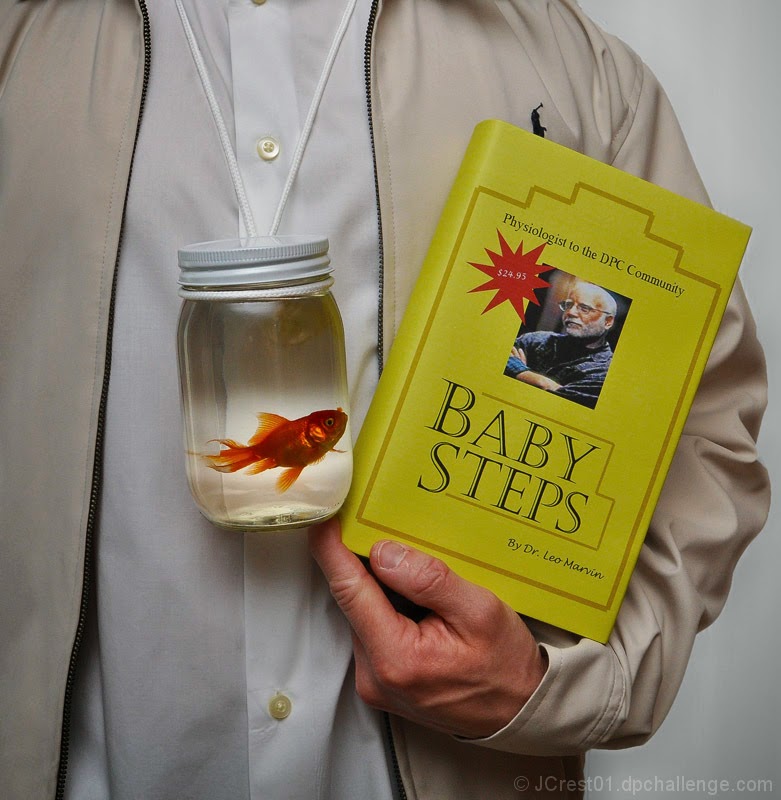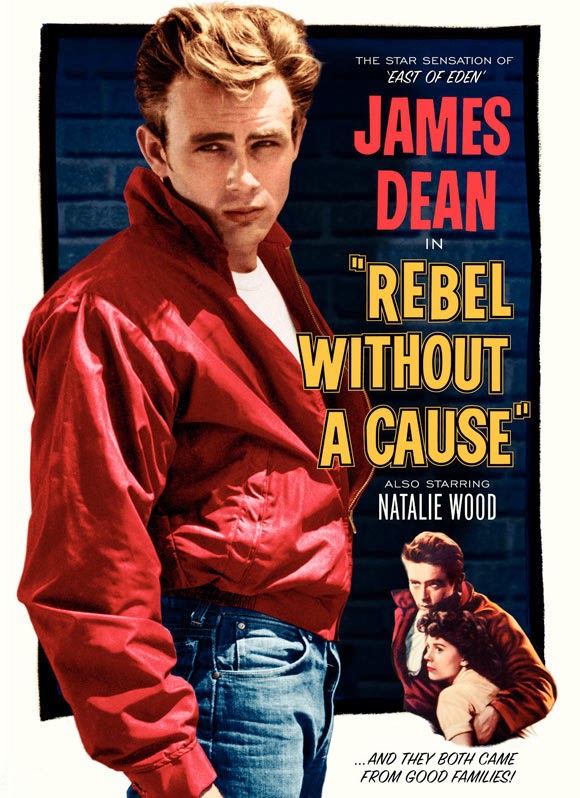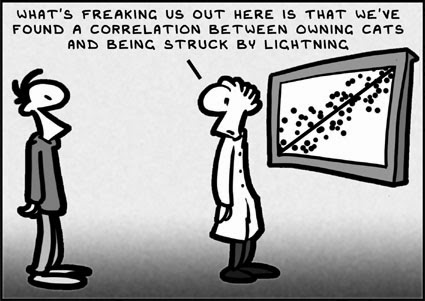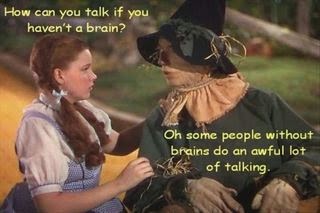…Fugitive? Well that is certainly how you can feel when out with your friends and knowing you should be home studying for your upcoming stats 101 exam. Not sure how that feels? Watch the trailer from the fantastic movie The Fugitive.
 Now that you are well versed in dreaming up research questions and driving everyone around you nuts, I thought I would chat a little about how you can assess whether you have a good one “on the line” or a stinker.
Now that you are well versed in dreaming up research questions and driving everyone around you nuts, I thought I would chat a little about how you can assess whether you have a good one “on the line” or a stinker.
A great mnemonic suggested by Hulley et al is F.I.N.E.R. and suggests that research questions need to be feasible, interesting, novel, ethical, and relevant. Today we will talk about the first one.
F is for FEASIBLE. When you are creating a research question you must always ask yourself: “Can I answer this question?”. There are many reasons that may stop you from completing your quest to answer a given question. Maybe not as dramatic as in the Quest for Camelot, but it is important to take note of your limitations:
1- Do you or other members of your team have the know-how or technical expertise to plan, execute, and analyze the study required to answer your question? Maybe you need to brush up on your skills before embarking on your adventure… or phone a friend!
2- Can you afford the time to complete your quest? Do you have the money to pay for it? Gold wins wars not soldiers (Game of Thrones season 1)! Always plan ahead so that your study does not get compromised or cancelled because you don’t have the money or the time to continue (summer student projects often fall pray to this).
3- Do you have access to enough subjects to appropriately power your study? Sample size calculation is a fun and challenging topic and we will address this in later posts. If you want to know how many of your classmates – say 100 – want to go camping over the weekend to celebrate the end of the school year, how many should you ask before you are confident it will be worth your effort to organize the trip? All of them? Some of them? But how many…
4- Are you asking too much at once? Is the scope of your research question too broad? Focus on the most important goals.

Don’t become a “Jack of all trades and master of none“! Aim for a better answer to the main question that you are interested in.
Next post we will move on to I…
See you in the blogosphere,
Pascal Tyrrell

